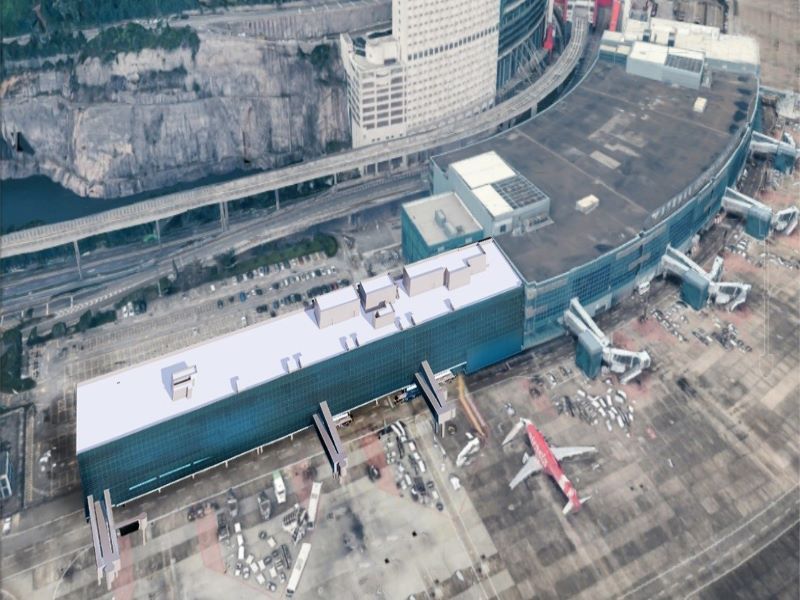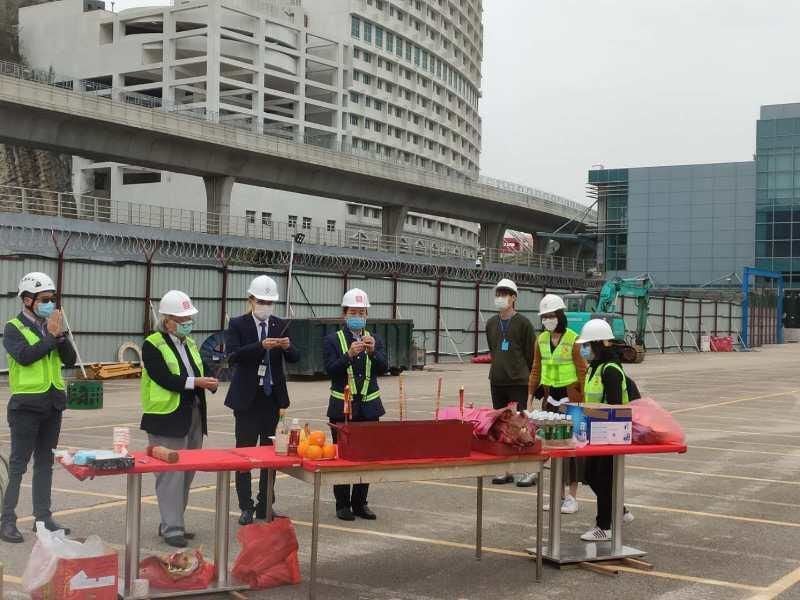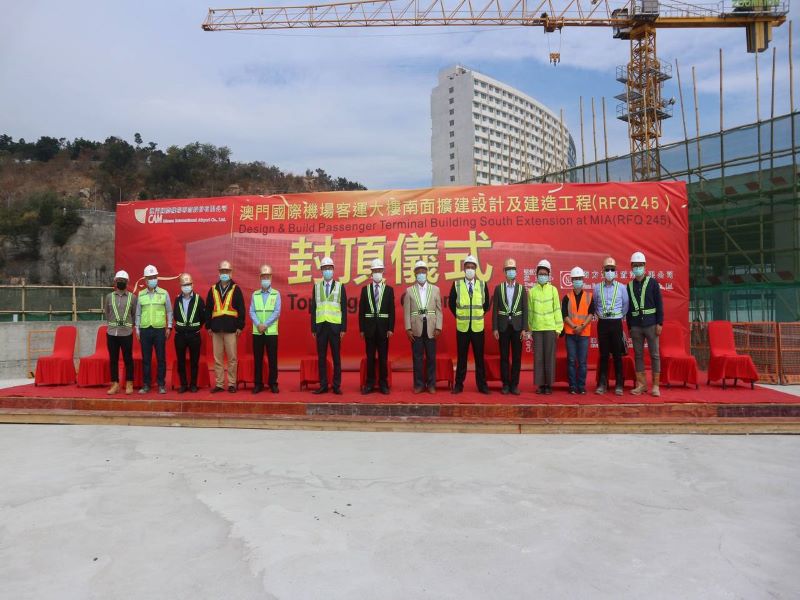The Macau International Airport (MIA) is situated on the eastern side of Taipa Island, in the Chinese special administrative region (SAR) of Macau. Its passenger terminal building (PTB) is being expanded to meet the growing passenger demand.
The north extension of the PTB was completed in 2018. Design works for the south extension of PTB began in 2019, and a ceremony was held to mark the beginning of construction works in March 2020. The construction started with the site formation and piling works onsite. The topping-out ceremony was held in February 2021.
The south extension is expected to be completed in 2022.
The airport handled 9.61 million passengers in 2019, which fell to 1.17 million in 2020 amid the Covid-19 pandemic. Passenger traffic further declined by 2.2% year-on-year to 1.14 million in 2021, whereas cargo volume rose by 45.72%, to 48,595t.
Macau International Airport’s passenger terminal building south extension details
Spanning three storeys, the south extension building will comprise an immigration hall, departure lounge, offices, and commercial spaces, as well as facilities such as a prayer room, conference rooms, and an entertainment room. It will increase the terminal area by more than 18,000m² (193,750ft²).
It is designed to comply with local codes and regulations, as well as the guidelines of the International Air Transport Association (IATA).
Three new passenger boarding bridges were added to accommodate either three aircraft (two Code E and a Code C), or four aircraft (a Code E and three Code C), thereby increasing the total number of operational boarding bridges to eight.
The terminal’s overall passenger handling capacity is estimated to increase to ten million a year, up from 7.8 million passengers.
The PTB south extension will be integrated seamlessly with the existing passenger terminal.
PTB South Extension construction details
The installation of the three additional passenger loading bridges was completed in June 2021.
Construction of the main structure of the south extension building was completed in February 2021. Construction works also included the external structure, facade, and interior partition.
Other works include the installation of pipes and ducts, and mechanical, electrical, and plumbing (MEP) equipment.
Contractors involved
The Nam Fong Construction & Real Estate Company was appointed as the construction contractor for the terminal building expansion project.
Other developments at Macau International Airport
Renovation of the baggage handling system, with a handling capacity of ten million passengers a year, is expected to be completed in 2022.
Airport Information Management Solution (AIMS), an IT company owned by CAM, signed a smart airport blueprint planning consultancy service agreement with Huawei Technologies (Huawei) in December 2021.
AIMS and Huawei collaborated for cooperation in digital transformation and smart airport blueprint planning. AIMS is responsible for providing technical support and maintenance services for the airport operation and management systems.
The airport executed 60 information and technology optimisation projects in 2021. The projects included the terminal’s public wireless network capacity expansion, commissioning of an outdoor wireless network system, and other initiatives to enhance the airport website experience and airport security.
CAM will continue to focus on smart airport development initiatives in 2022. It will work on preparing for the adoption of 5G network technology.
The measures include upgrades to the airport public wireless network, and the development of the airport operation management platform (AOMP), which will be launched in 2022.
The flight information display systems (FIDS) will be replaced while the airport staff channel will be optimised with facial recognition technology.
The printing function of radio-frequency identification (RFID) baggage tags will be launched to optimise the integration of baggage security information and the passenger reconciliation system (PRS).
Sustainability measures
MIA achieved a 40% reduction in carbon emissions per aircraft movement in 2018, compared to 2012.
Several plants were installed in different areas of the terminal building to improve air quality.
MIA also purchased seven hybrid and three electric vehicles by the end of 2019, as part of its carbon management plan.
A food waste composter, which was introduced under MIA’s food waste recycling programme, recycled more than 90,000kg of food waste from in-flight meals, restaurants, and the staff canteen, and converted it into organic compost by the end of 2019. The compost was used to grow grass along the runway area.
Macau airport owner and operator details
Opened in November 1995, MIA connects the Pearl River Delta with the rest of the world, and serves as a hub for freight and express cargo in the Asia Pacific region.
The airport is operated by Macau International Airport Company (CAM), which is officially known as Sociedade do Aeroporto Internacional de Macau, under a 50-year contract that is valid until 2039.
The Macau government holds a 55.24% stake in CAM, while casino operator Sociedade de Turismo e Diversões de Macau (STDM) owns a 34.10% share. Mainland Chinese, Hong Kong, and local investors hold the remaining interest.






